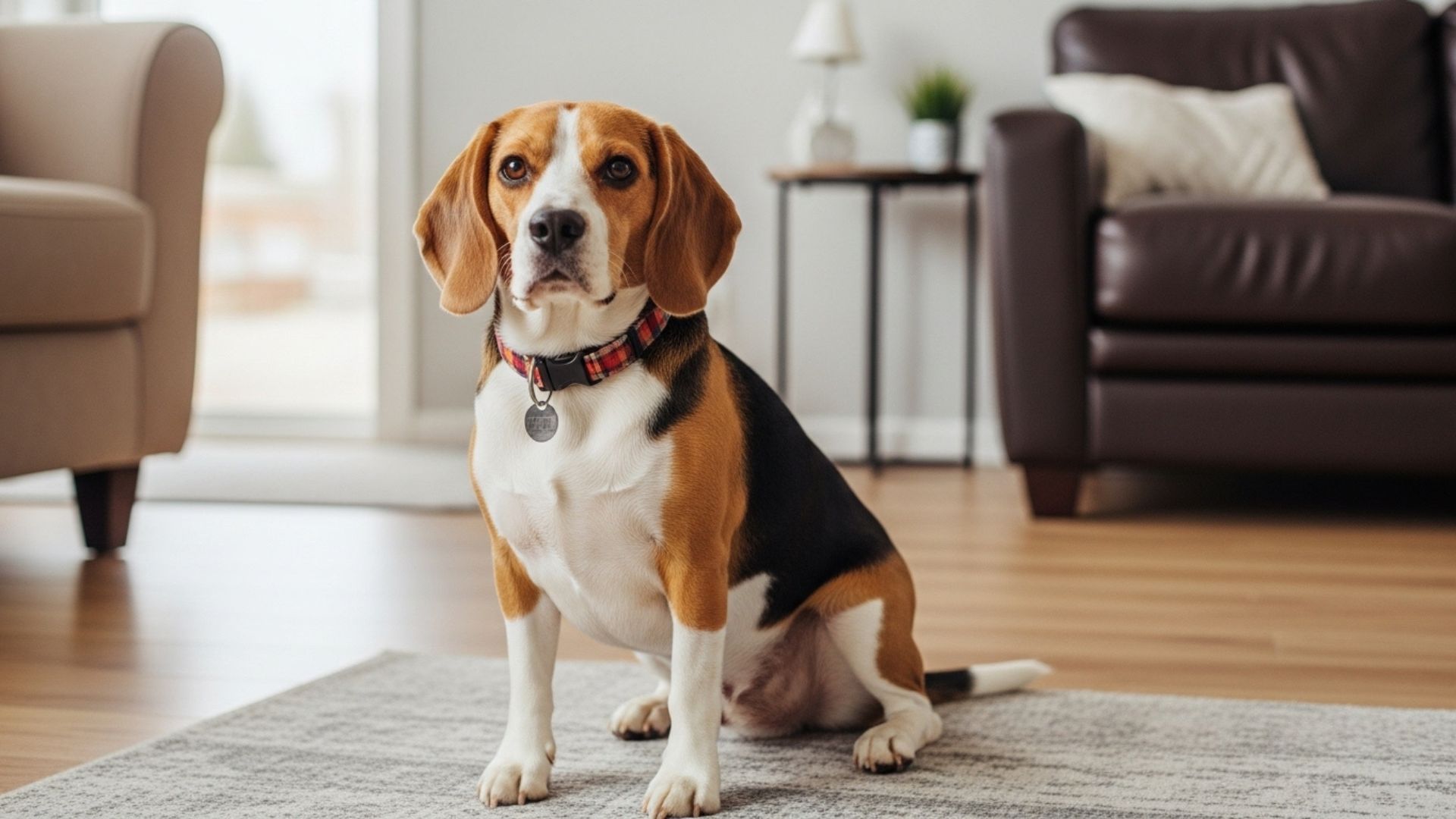Can you enjoy the love of a dog without spending a fortune?
For many first-time owners and budget-conscious owners, the idea of bringing a furry friend home can feel overwhelming. Between breeder prices, veterinary care, and food expenses, owning a dog sometimes seems like a luxury.
But the truth is, several of the cheapest dog breeds offer low cost and big love, making pet ownership accessible for almost anyone.
Imagine coming home after a long day to a little dog wagging its tail, greeting you with pure joy, and curling up on your lap. That daily companionship and affectionate nature do not have to come with high grooming costs or expensive food bills.
In fact, according to the American Kennel Club, the average annual cost of owning an affordable pet dog in the U.S. is about $1,641, but careful planning, adoption, or choosing some of the most affordable dog breeds can lower that significantly.
In this article, we will explore seven inexpensive dog breeds that are perfect for new dog owners, small apartments, or anyone hoping to welcome a healthy breed into their home without breaking the bank.
Most Affordable Dog Breeds: Low Cost, Big Love
1. Beagle

Ever met a dog whose nose is always in motion — and whose tail never stops wagging?
Beagles are the kind of happy, curious companions that can turn the ordinary into an adventure. With a friendly, playful nature, they make wonderful family dogs, though they also have the spirit of a little hunter built in.
These little hounds are compact yet sturdy, and their merry temperament shines through in nearly everything they do. Beagles are energetic and sociable, thriving best in active households where their curiosity can be put to good use. When it comes to cost, beagles are one of the cheapest dog breeds.
Typical adoption or purchase prices range from $400 to $1,200, depending on whether you go through shelters or breeders. Their grooming costs are quite modest, thanks to their short, dense coat that only needs weekly brushing and infrequent baths.
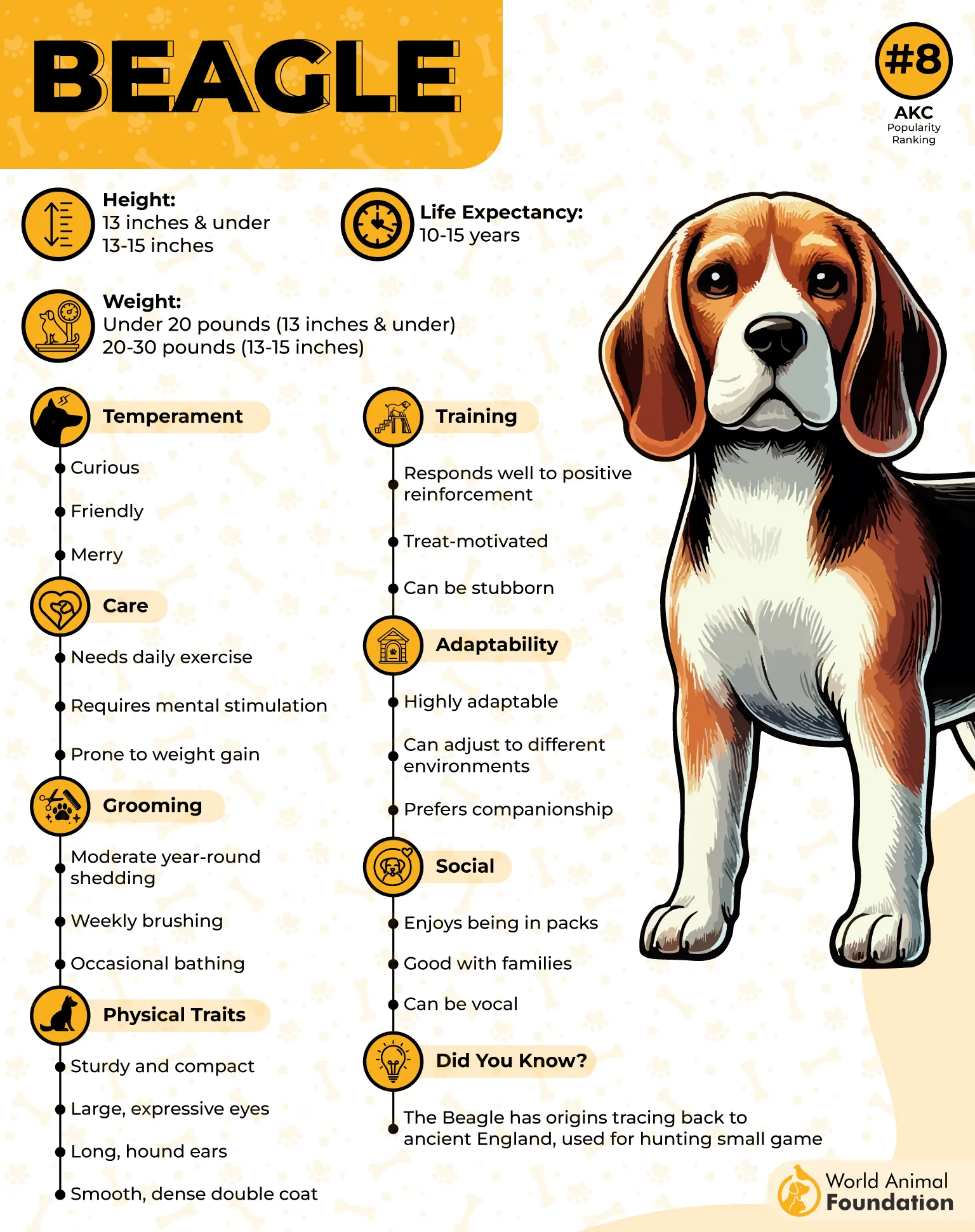
While they do need regular exercise — about an hour a day — their food expenses are reasonable, and you can save on grooming compared to long-haired breeds. In terms of health, beagles are generally a healthy breed.
But they are prone to some health issues like ear infections (because of their floppy ears), obesity, and certain genetic conditions, as noted by PetMD. Still, with a bit of preventive care and love, they can live a happy, long life of around 10 to 15 years.
Fun Fact
Beagles have one of the best scenting abilities among dog breeds — in studies, they found a hidden mouse in a field in less than a minute, while some other breeds took much longer!
2. Dachshund

Ever seen a “sausage dog” strutt its stuff — and thought, wow, such a compact charmer?
Dachshunds are small in size but huge in personality. With their long backs and short legs, they grab attention instantly, and their brave, curious nature makes them endlessly entertaining.
They are friendly, alert, and surprisingly bold — a perfect fit for someone wanting a devoted, budget‑friendly pet. These little hounds were initially bred in Germany to hunt badgers and are known for adaptability. In terms of cost, Dachshunds can be pretty affordable if you choose wisely.

Depending on coat type and origin, a puppy’s price can range from $500 to $3,500, or less if you adopt. Their monthly food expenses are relatively low — around $20–$40 for high-quality food.
Grooming is also manageable: smooth-coated types with a soft coat require only basic weekly brushing, and even long-haired or wire-haired versions don’t demand constant salon visits. This cheap dog breed is surprisingly low-maintenance.
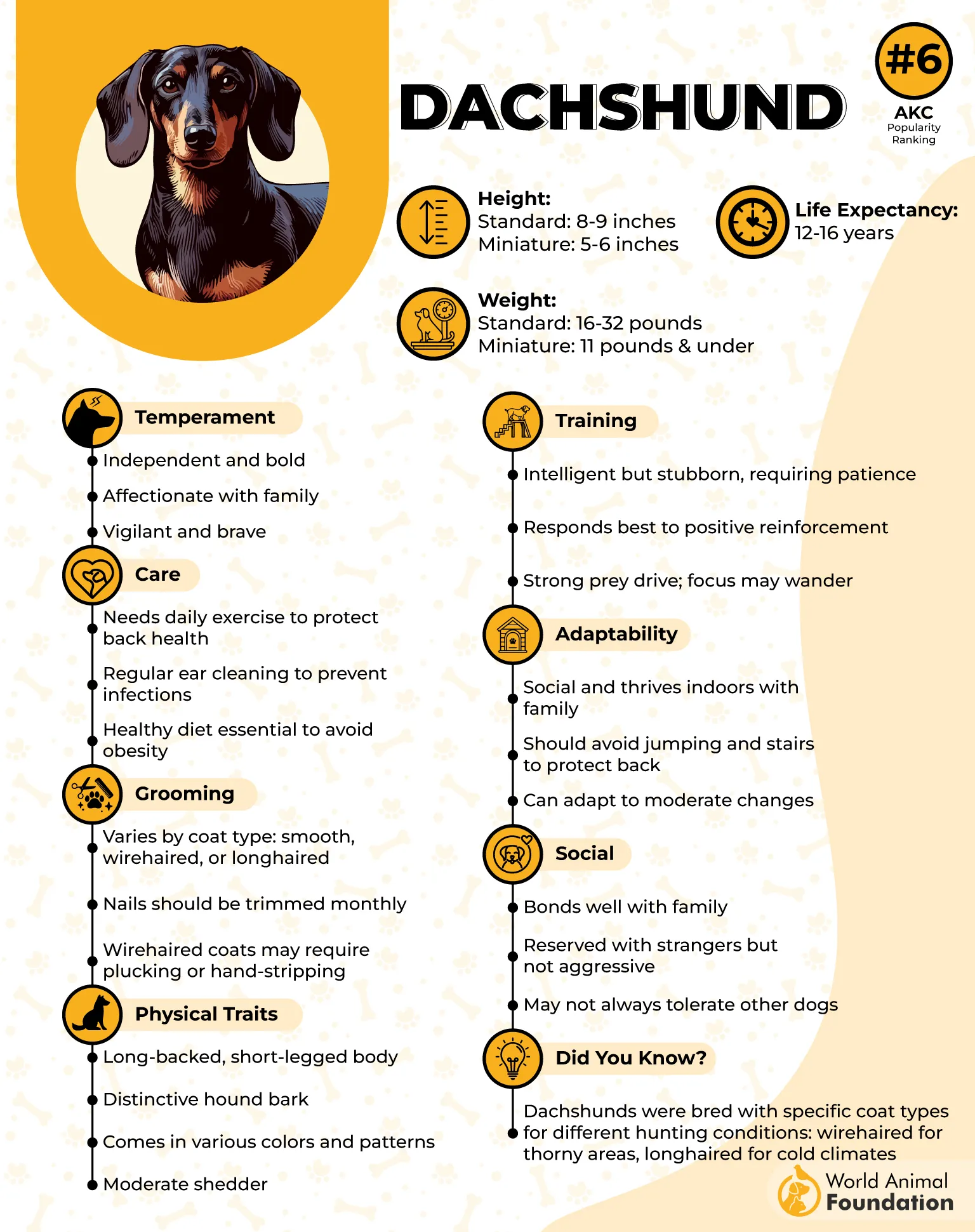
When it comes to health, Dachshunds are healthy, but they are prone to some health issues, such as back problems due to their elongated spine.
Maintaining a healthy weight is especially important to avoid spinal problems, and preventive vet care can help keep costs in check.
Fun Fact
Dachshunds live long — many reach 12 to 15 years — but their distinctive long backs make them more susceptible to intervertebral disc disease, which is one of the most common health issues in the breed.
3. Chihuahua

Think you can’t fit a big personality in a tiny body?
Meet the Chihuahua — the small dog with the biggest heart.
Chihuahuas are one of the most compact, smaller breeds you can own, often weighing less than six pounds. According to Wikipedia, their “apple‑dome” heads and perky ears make them instantly recognizable.
Despite their size, these dogs are confident, alert, and incredibly loyal — they act like they’re much larger than they are. Their tiny size also means they’re quite easy to groom. When it comes to cost, Chihuahuas are the cheapest dog breed.
Adoption can range from $50 to $2,500, depending on whether you’re getting a puppy or an adult, and their small size keeps food expenses low (about $240–$360 per year, based on routine diet needs).
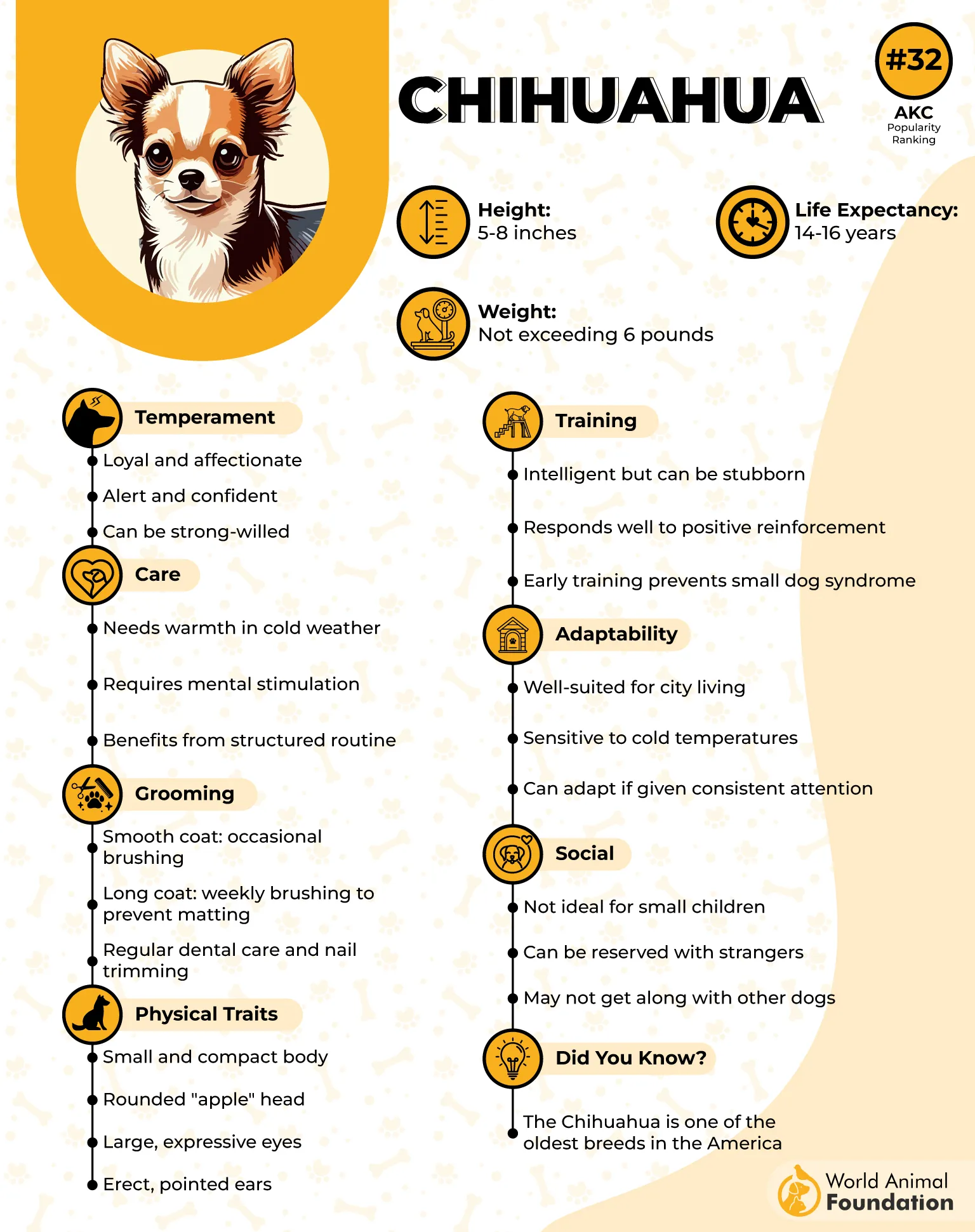
These small dogs have minimal grooming needs: smooth-coated Chihuahuas generally require just weekly brushing and infrequent baths, while long-haired ones need a little more care.
Health-wise, Chihuahuas are generally healthy, but they do face some common breed‑specific issues: dental disease, heart valve problems, patellar luxation, and low blood sugar are among their risks. They often live long lives, with a typical lifespan of 14 to 16 years, and sometimes they even reach 20.
Fun Fact
Despite their tiny frame, Chihuahuas can be bold and fearless — they were once used as watchdogs, alerting their owners to any unusual sounds with surprising confidence.
4. Rat Terrier

Want a lively, clever companion that doesn’t eat like a small lion?
Rat Terriers are energetic, intelligent, and full of heart — a perfect fit for someone looking for a cheapest dog breed but big‑love partner. This small dog breed comes in compact sizes yet carries the spirit of a farmhouse hunter, originally bred to chase vermin on American farms.
In terms of cost, Rat Terriers are among the more inexpensive dog breeds. A puppy usually costs between $300 and $1,500, depending on the breeder, pedigree, or if you’re adopting.
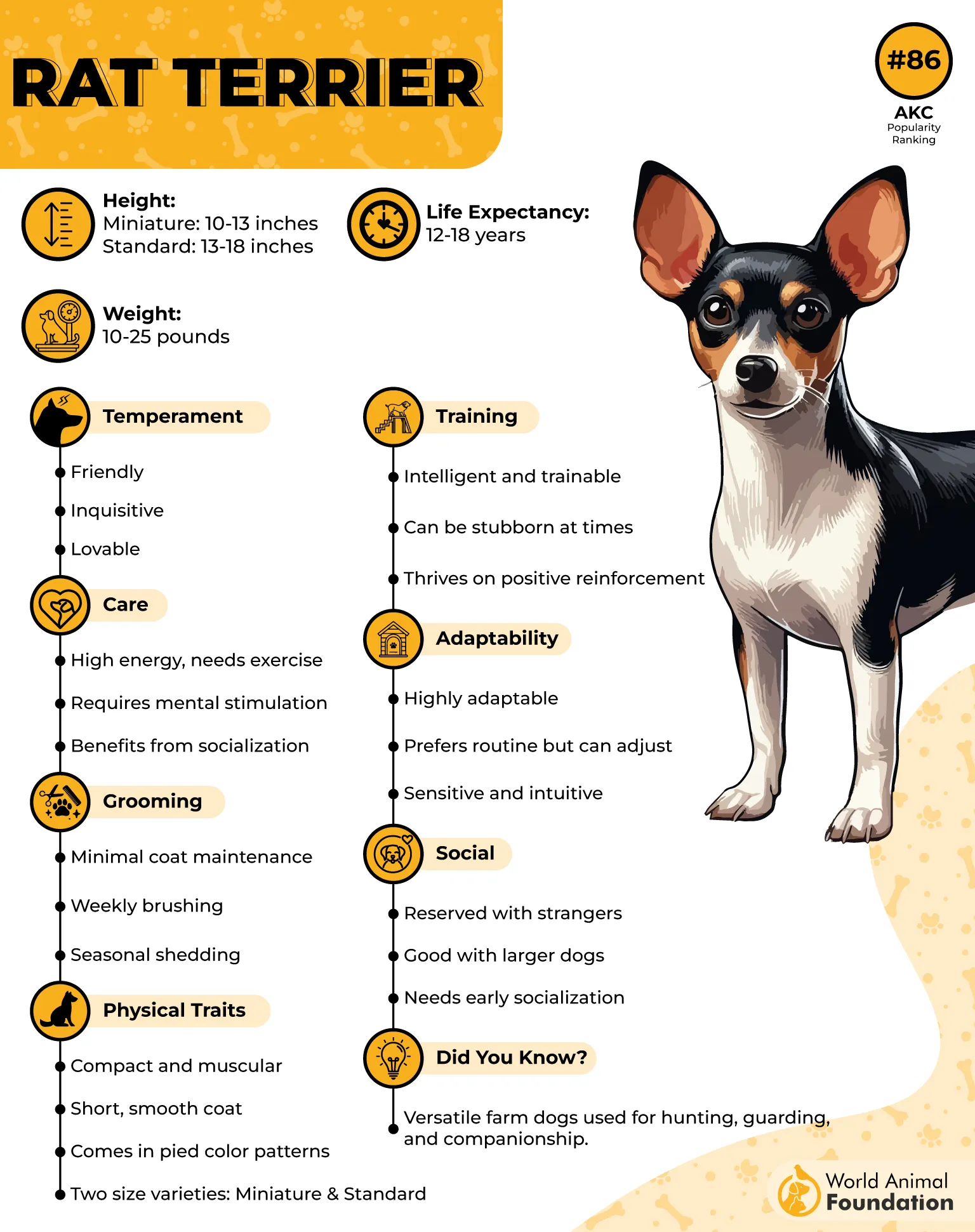
They have little grooming costs — thanks to their short, smooth coats, a simple weekly brush and occasional bath is enough. When it comes to food, these small dogs typically eat modest amounts (about ½ to 1 cup of dry food daily), which results in lower food expenses.
Rat Terriers are generally healthy, but potential owners should watch out for conditions like patellar luxation and hip dysplasia. They also have a very long life expectancy — many live between 15 and 18 years.
Fun Fact
As noted by WebMD, former U.S. President Teddy Roosevelt owned a Rat Terrier — his “Skip” was so beloved that it’s said the breed’s name came from his usage of the dog as a farm helper.
5. Border Collie

What if your dog could rival you in smarts and energy — and still be a friend for life?
Border Collies are a powerhouse of intelligence, high energy, and zeal. Originating from herding sheep along the Anglo‑Scottish border, they have a natural drive to work, play, and learn.
According to PDSA, these medium-sized dogs are lively and need a lot of daily stimulation to stay happy. When it comes to cost, owning a Border Collie can be quite reasonable for the right owner.
While a puppy from a reputable breeder can cost between $750 and $3,000, ongoing costs are more modest than many people expect. Their food expenses come in around $400–$800 per year, depending on diet and activity level, according to Insurify.
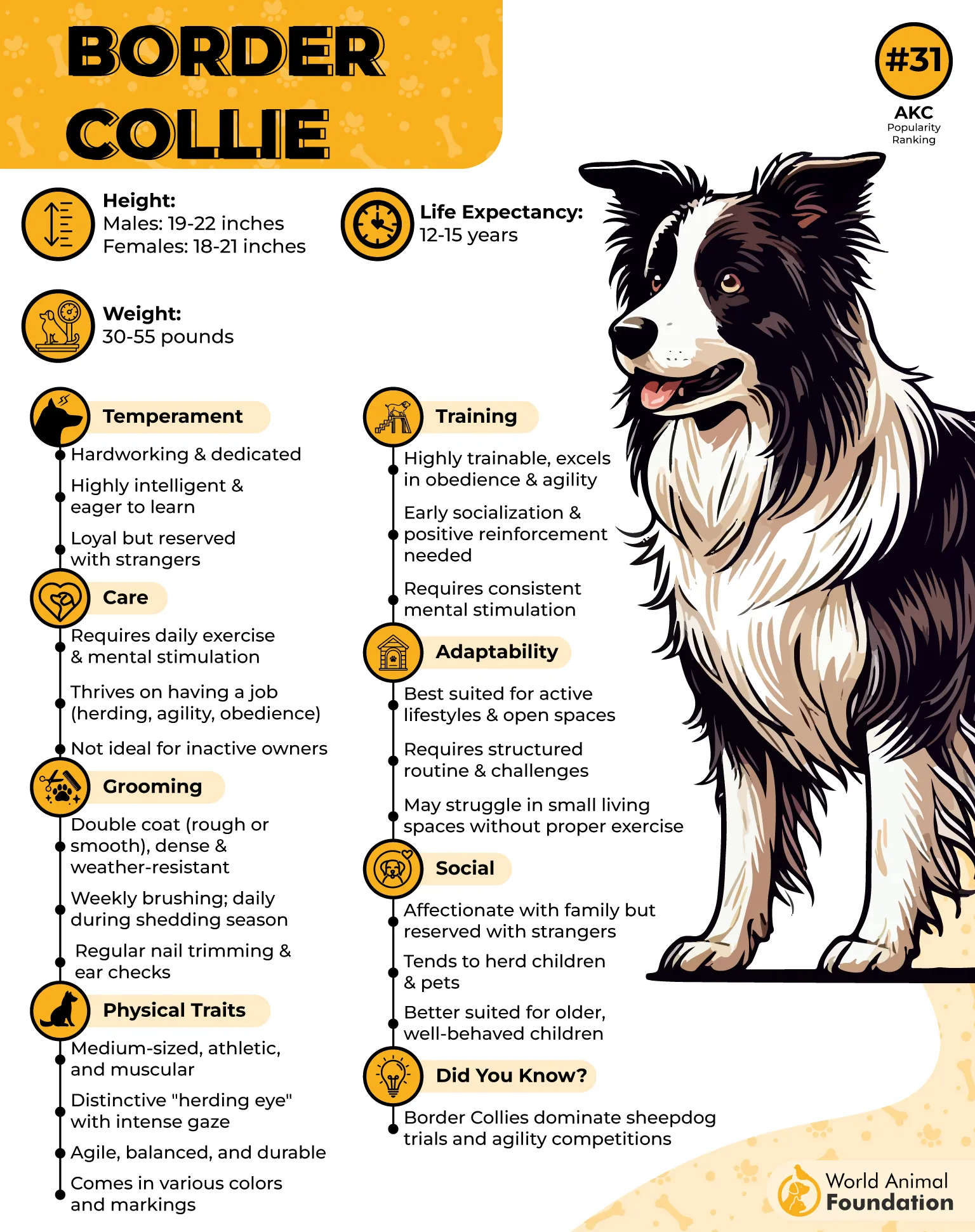
Grooming is fairly manageable: their double coat requires brushing a few times a week, but they don’t need specialized grooming tools or constant salon trips.
Health-wise, Border Collies are generally healthy, but they have fewer health issues, such as hip dysplasia and eye disorders like Collie Eye Anomaly.
Fun Fact
Border Collies are often considered one of the most intelligent dog breeds — they excel in agility, obedience, and even sheep‑herding trials.
6. Pug

What do you get when a wrinkled face meets a snorty little snout? A Pug — small, silly, and seriously lovable.
Pugs are tiny dogs with huge personalities. Their joyful, affectionate, and easygoing nature makes them fantastic companions, whether for a family or a single person in an apartment. They’re well-loved for their short, smooth coats and playful, laid-back attitude, making them a perfect lap dog.
When considering cost, Pugs can be quite accessible — particularly for someone looking for the cheapest dog breed with big love. Depending on whether you adopt or buy, a Pug costs between $50 and $2,000.

Their food expenses are moderate thanks to their small size, estimated at $20–$40 a month for good-quality kibble. Though they don’t need high‑maintenance grooming, you’ll need to clean their facial folds regularly to prevent infections, and occasional baths are necessary.
Their distinctive flat faces (brachycephaly) can lead to breathing issues and eye problems. Their lifespan is typically 12–15 years, making them a long-term and deeply affectionate, loyal friend.
Fun Fact
Despite being a “toy” breed, Pugs were once a favorite of Chinese royalty, valued for their charm and gentle nature.
7. American Foxhound
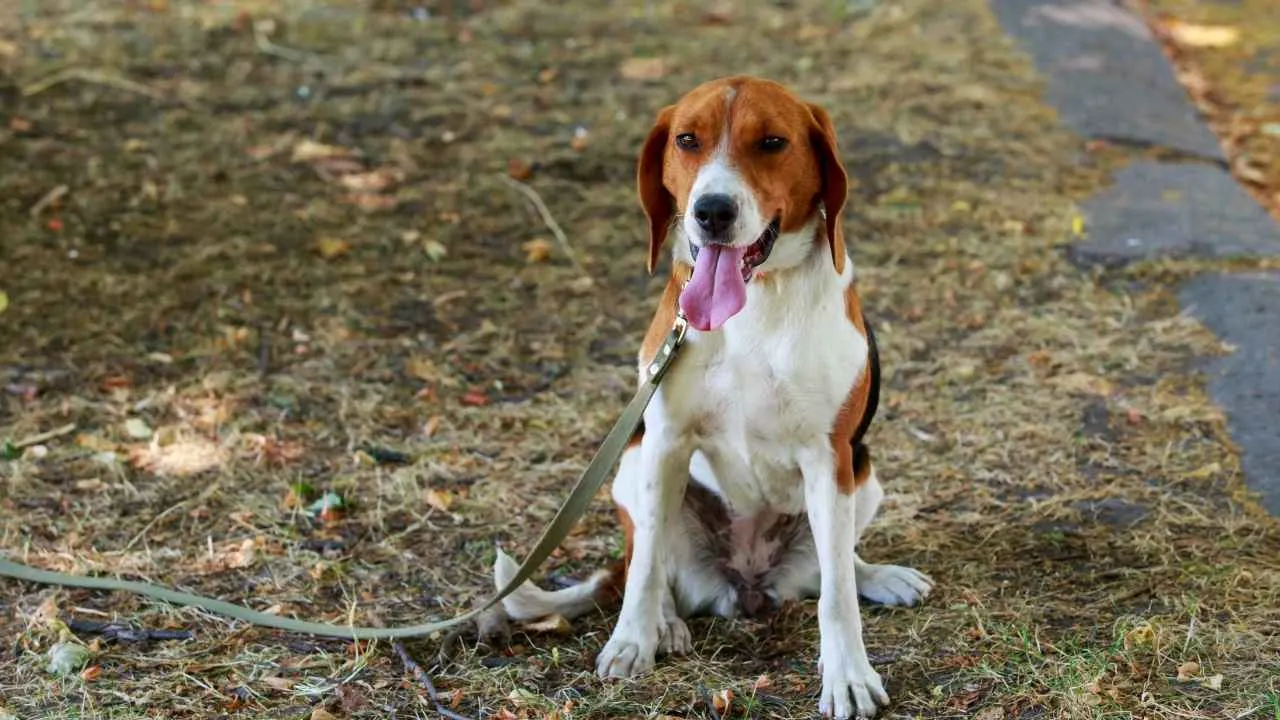
What do you get when big country energy meets loyal, gentle companionship?
Meet the American Foxhound — a true outdoorsy sweetheart.
These hounds are born athletes. With long legs and a sleek, short coat, American Foxhounds were bred for tracking and stamina. They are lively, energetic, and highly social — perfect for someone who enjoys long walks or a more active lifestyle.
In terms of cost, this is one of the more affordable large breeds to own over the long term. You can adopt or buy one for as little as $400–$600, though high-quality breeder puppies might cost up to $2,000.
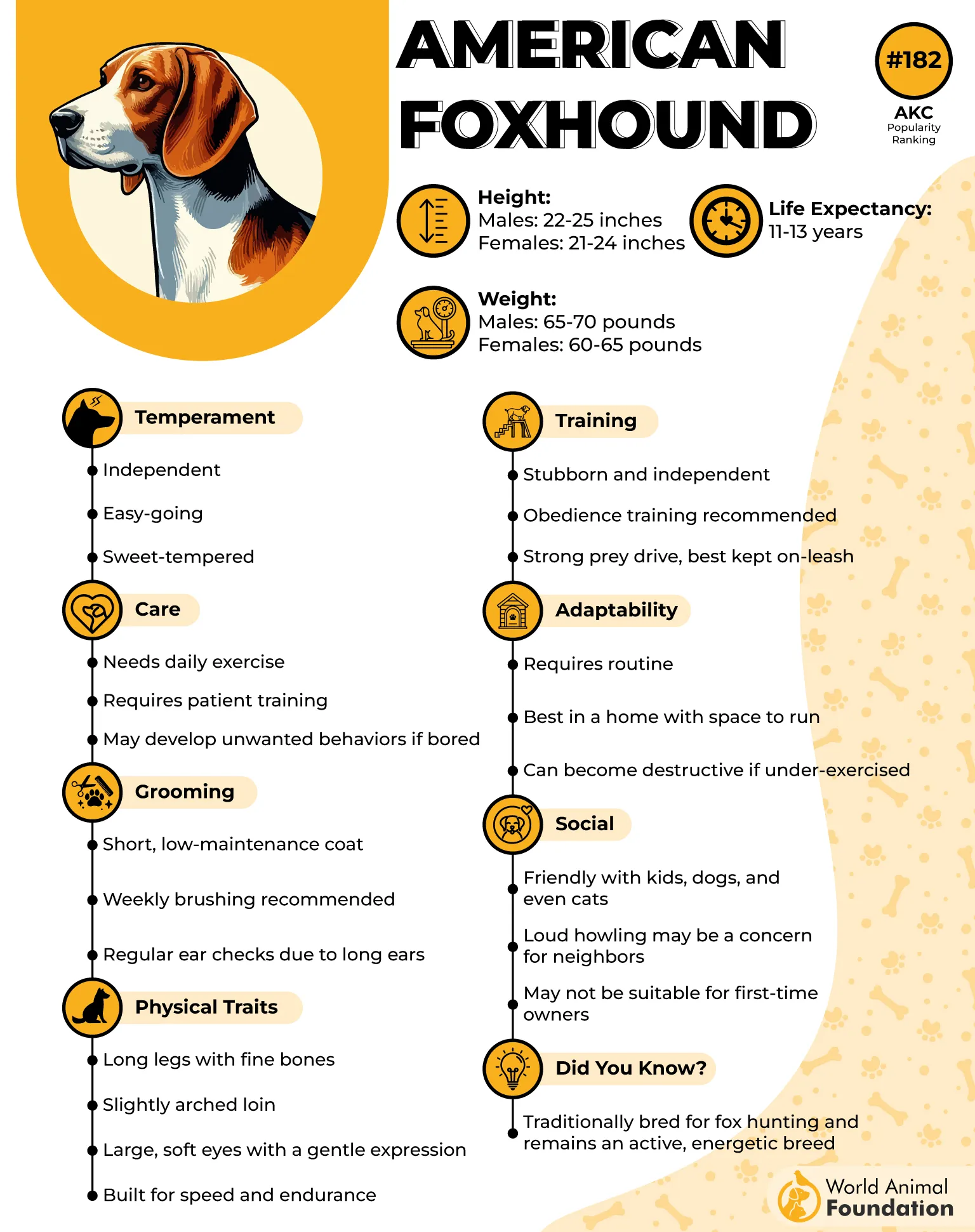
Their food expenses are modest for their size — roughly $40–$80 a month, depending on diet. These large dogs have low grooming expenses due to their short, hard coat; a weekly brushing is sufficient, and bathing is only necessary when they become dirty.
Health-wise, American Foxhounds are generally healthy, but they do have a few breed‑specific concerns. They may have some health problems, such as thrombocytopathy (a platelet disorder), ear infections, and hip dysplasia. Their life expectancy is around 11–13 years.
Fun Fact
Foxhounds are known for their distinctive “bay” — a melodious, musical howl that echoes through the countryside when they pick up a scent.
Conclusion
So, are you ready to welcome a furry friend home without stretching your budget?
Choosing from these affordable dog breeds is ideal for enjoying all the joy of dog ownership, whether you live in an apartment or a busy household.
These cheap breeds need minimal grooming and low maintenance, making them perfect for new dog owners or anyone mindful of high maintenance costs.
Do you want a small dog breed that fits right on your lap, or a more active companion for outdoor fun?
From mixed-breed dogs to budget-friendly purebreds, each of these dogs offers big love without breaking the bank. By adopting or fostering from local shelters or rescue organizations, you can lower purchase prices and vet bills while giving a furry friend a home.
With manageable grooming needs, reasonable food expenses, and generally healthy breeds, these dogs make pet ownership practical, joyful, and surprisingly simple.
No matter your choice, these inexpensive dog breeds prove that true affordability doesn’t mean sacrificing love, loyalty, or companionship.
Which one will you bring home first?


